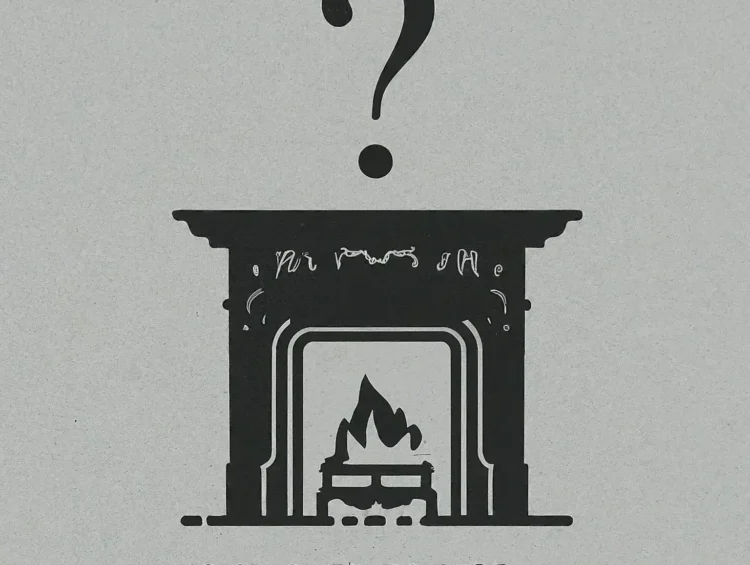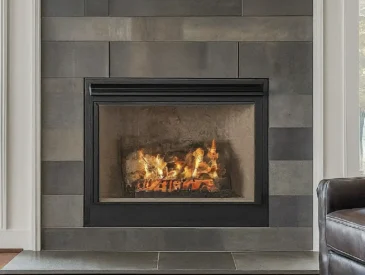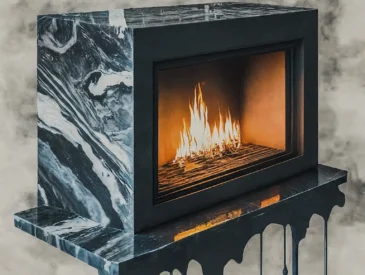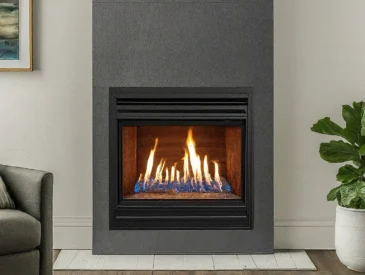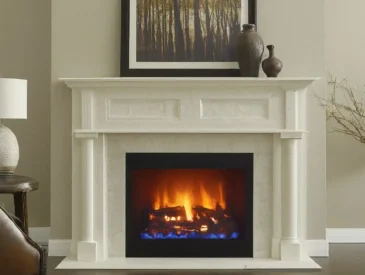As winter sets in, the allure of a cozy fireplace becomes irresistible. However, for new parents, concerns about potential risks to their baby’s health from fireplace smoke and fumes may arise.
It’s important to note that using a fireplace with a newborn baby requires caution. Fireplaces emit smoke that can accumulate in enclosed spaces, potentially posing a risk to the newborn. Closed-off fireplaces, such as gas variants, are safer compared to open wood-burning fireplaces.
In the following sections, we’ll explore how fireplace smoke can negatively impact your baby’s health due to its toxic components. Additionally, we’ll guide you on reducing potential hazards and minimizing the accumulation of harmful smoke in a room.
How Fireplace Smoke Impacts Newborns
Newborns under the age of one have delicate lungs, with up to 80 percent of their alveoli, responsible for air filtration, developing post-birth. This renders their lungs still in the developmental phase, making them susceptible to air pollution, including smoke and ash particles that could enter and hinder alveoli growth.
Cases of bronchitis, a respiratory ailment caused by smoke inhalation, have been recorded in children exposed to wood smoke. In severe instances, affected newborns have required hospitalization.
Signs of Smoke Inhalation in Newborns may include coughing and wheezing, particularly during periods when the fireplace is frequently in use. There is also an elevated risk of the baby developing respiratory conditions like allergies.
For infants already prone to asthma, smoke inhalation can exacerbate their condition, impeding proper lung development and potentially leading to more severe asthma later in life. Even healthy babies lacking a predisposition to asthma may develop it due to impaired lung development from excessive smoke exposure.
Are Adults as Vulnerable to Fireplace Smoke Inhalation as Newborns?
Unlike newborns, adults are less susceptible to the levels of smoke inhalation that could be harmful to a baby. This is due to the matured state of their lungs and their tolerance for low concentrations of smoke. Nonetheless, adults should avoid any level of smoke that could adversely affect a baby’s health, as it may also have long-term consequences for them.
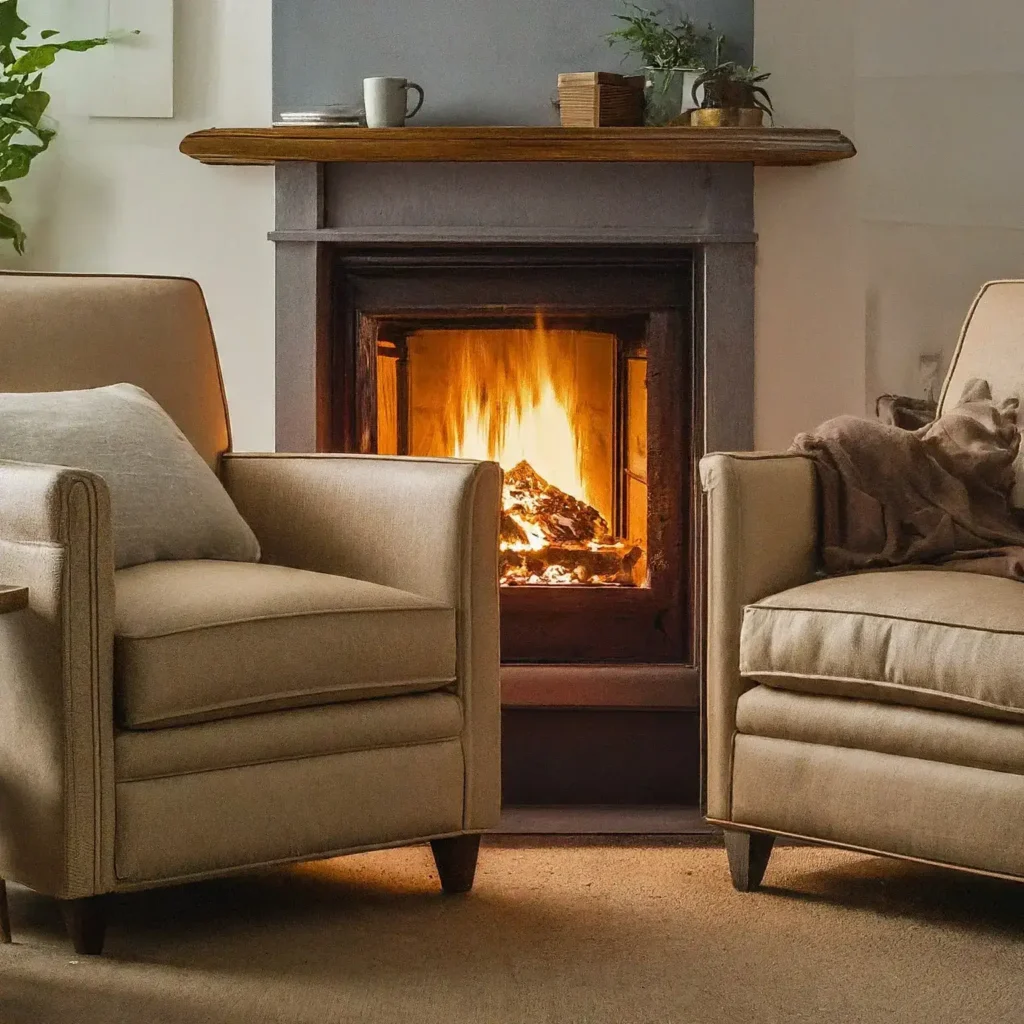
Keeping Your Newborn Safe from Fireplace Hazards
To ensure your newborn’s safety near a fireplace, consider the following tips:
1. Keep the chimney clean and unobstructed, especially before the arrival of a newborn or during the winter months when the fireplace will be in regular use.
2. Adequate ventilation is crucial. Opening a window allows fresh air to circulate and offers an additional escape route for smoke, significantly reducing its concentration in the room.
3. Install carbon monoxide detectors at various points in your home to alert you to unsafe gas levels. Place one near the fireplace with a low tolerance setting, enabling early detection of even slight increases in carbon monoxide levels.
Understanding How a Fireplace Emits Smoke and Toxic Fumes
While fireplaces provide warmth, it’s essential to remember that burning wood releases smoke. This may not always be immediately noticeable while enjoying the fire’s glow.
When a fireplace is lit, it burns wood particles, creating fire, and heat, and releasing smoke into the air. Alongside smoke, tiny ash and dust particles are also released, potentially finding their way into our lungs through inhalation.
One of the most dangerous components in fireplace smoke is carbon monoxide, a toxic byproduct of burning carbon that can lead to lung poisoning and, in high concentrations, even death. However, chimneys and proper ventilation typically disperse the fumes, reducing the risk of carbon monoxide buildup.
Potential Causes of Smoke Build-Up in a Fireplace
While a functioning fireplace usually directs smoke out of a room, certain factors can lead to smoke accumulation:
1. Blocked Chimney: A blocked chimney can divert smoke while seeking an escape route. Blockages may result from fallen branches, deceased animals, or a buildup of debris.
2. Related: Chimney blocking methods
3. Insufficient Ventilation: Clean chimneys may still experience smoke buildup due to poor air circulation in a room. Even without obstructions, a backdraft can push smoke back into the house.
In Conclusion: By following these guidelines, you can enjoy the warmth of a lit fireplace while keeping your baby safe and cozy.

